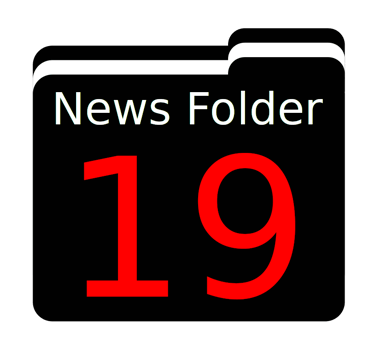Import Tariffs and Your Cup of Joe
Are tariffs a legitimate excuse for coffee shop price increases?
8/16/20252 min read

I spent over an hour trying to research the import cost of green coffee beans compared to the retail cost found on store shelves. It’s hard to find an answer that isn’t put out there by coffee shops using tariffs as an excuse to raise prices. But just how much should they raise their prices?
There are a huge number of variables, so there is no distinct answer to that question. As a result, I need to generalize from the information I was able to gather. It seems that a rough estimate for the import/shelf ratio is triple. This means the shelf price is triple the import cost of “green” beans. The difference is due to roasting costs, grinding, packaging, transportation, and profit margins. The ratio is even higher at cafes where they have to add labor, coffee shop overhead, and more. Probably a ratio of 4-1. Again, there are many variables, so this certainly isn’t set in stone.
Hence, a 10% tariff should equate to approximately a 3% increase in cost at the store, and a 2.5% increase at your coffee shop – for every 10% of tariff. The Trump administration has targeted Brazil with steep tariffs of 50%, which should loosely translate to a 12.5% increase in coffee shops that source their coffee from Brazil.
I just purchased, and received, a five-pound bag of high-quality Kenyan Peaberry beans for $118, not counting taxes and shipping. Keeping the 3-1 ratio in mind, the online store I bought it from probably paid a $40 import price (the price that tariffs are imposed on) prior to roasting the beans and bagging them for sale.
A five-pound bag of bean coffee is estimated to make 127 cups, or about $1 per cup based on the Kenyan coffee I purchased. Naturally, this depends on how strong you like your coffee. Kenya’s most recent proposed tariff rate is 10%. With a 10% tariff rate equating to a 3% rise in cost of the shelf price, my per cup cost of coffee would become $1.03. I don’t know anyone who’s going to quit drinking coffee over three cents. Remember, this is higher-quality coffee, not the stuff from Folgers or Maxwell House. Even if the coffee in question was high-quality Brazilian coffee, the increase shouldn’t be more than about 15 cents per cup. It’s far more likely that weather, affecting supply, will be a greater factor in your cup of java..
Now, here’s the disclaimer. A cup of coffee is generally considered to be 6 ounces, so that 18-ounce high-quality caffeine jolt you order could see a 45 cent jump. However, if the local coffee shop is just serving basic Folgers or some other basic brand, they may just be using tariffs as an excuse for a huge increase or sympathy.


